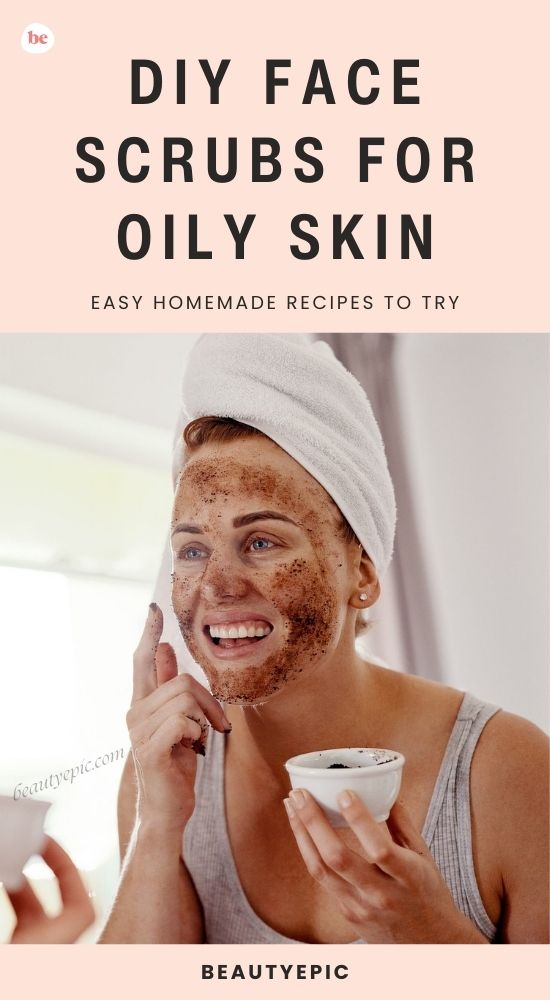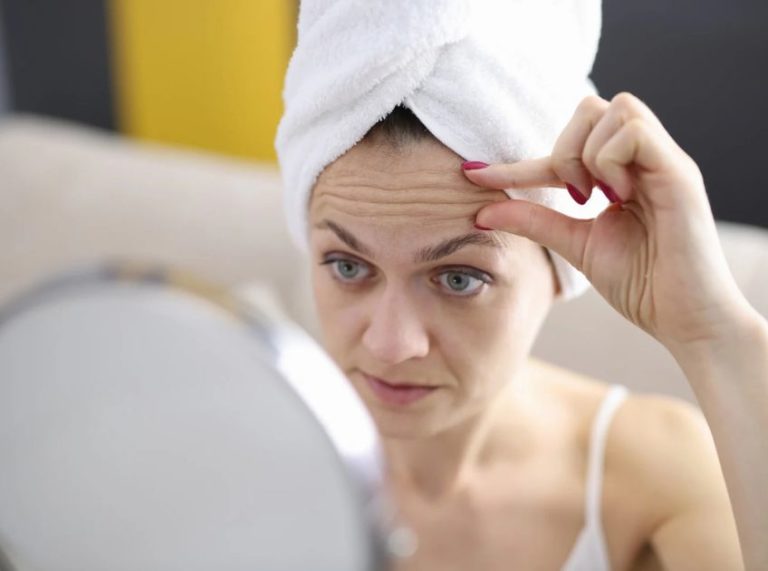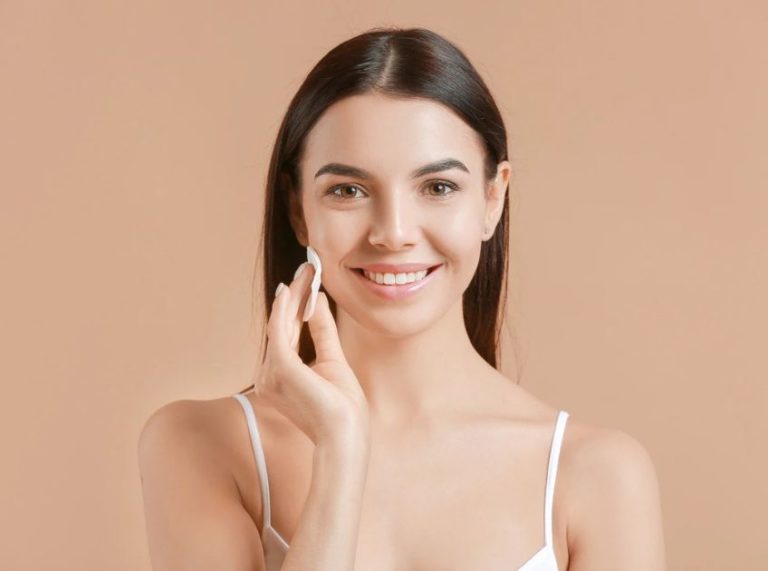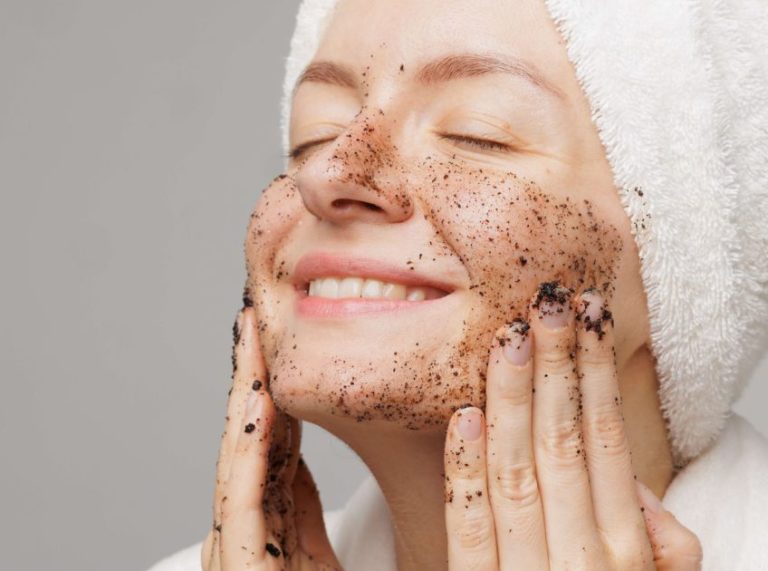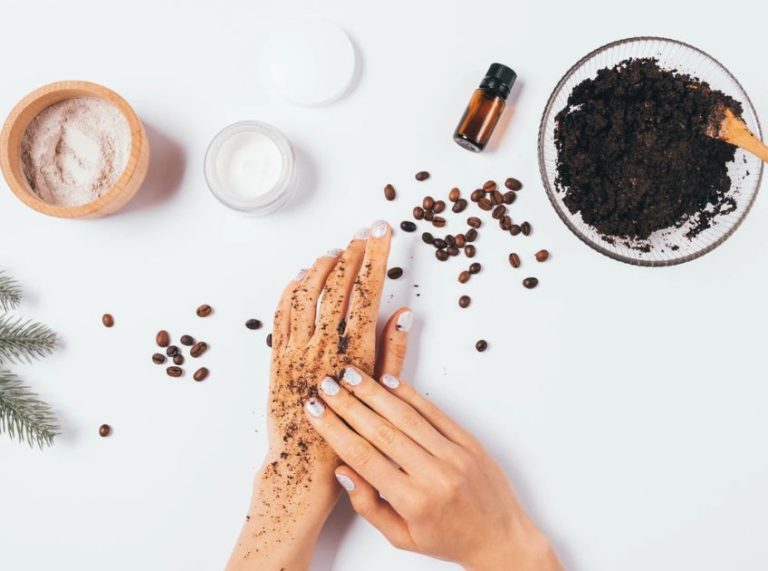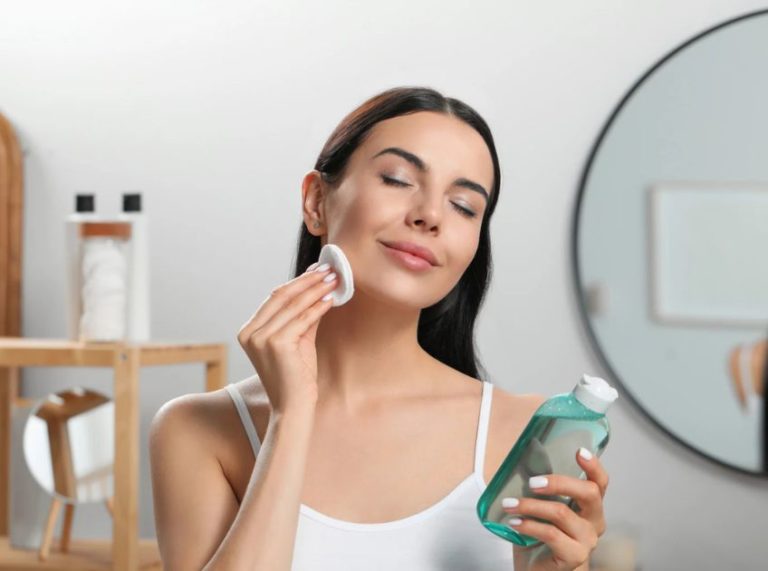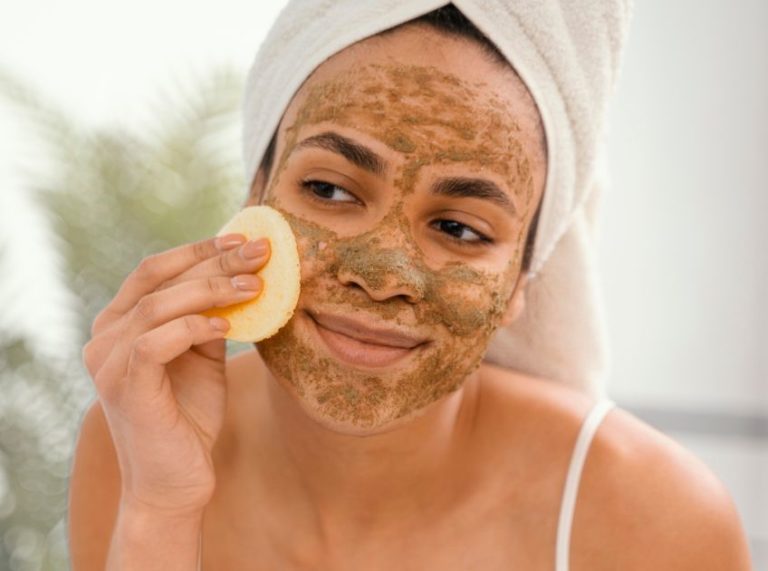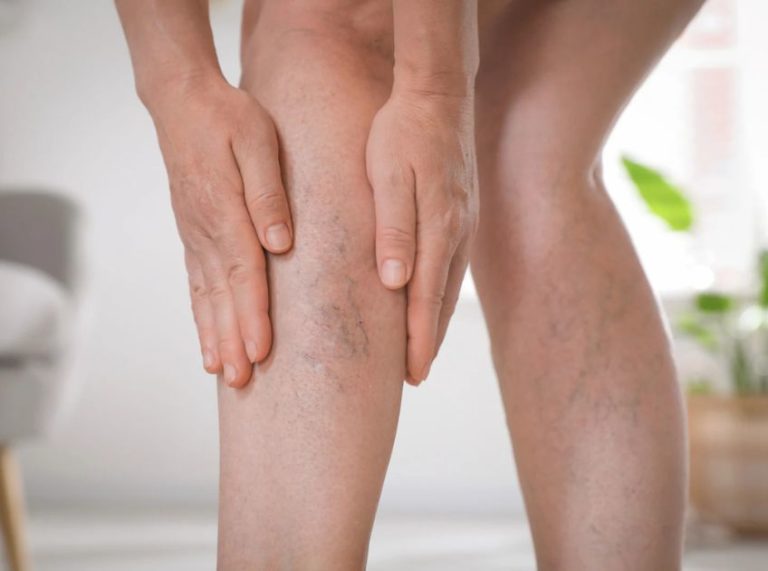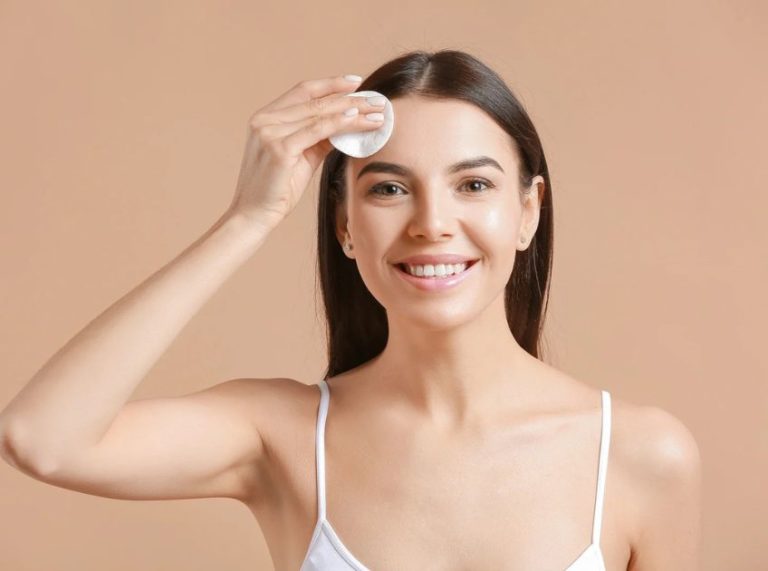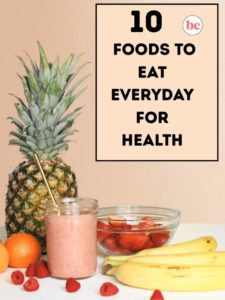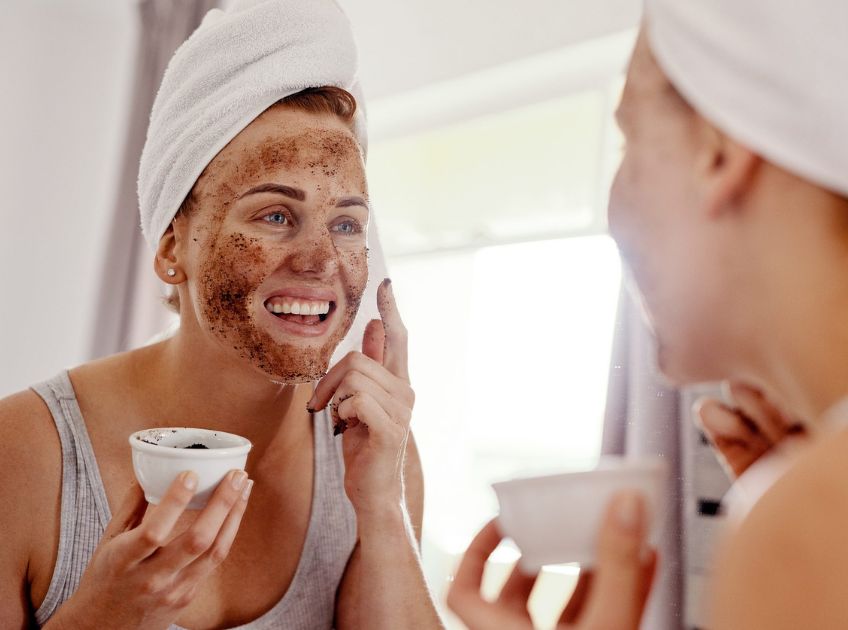
Important: This article is for informational purposes only. Please read our full disclaimer for more details.
Managing oily skin can feel like an endless battle — excess sebum often leads to shine, clogged pores, and frequent breakouts. While cleansing helps, exfoliation is just as important for keeping the skin balanced. Regularly using a scrub removes dead skin cells, unclogs pores, and prevents the buildup of excess oil. However, not all scrubs are created equal. Harsh store-bought formulas can strip the skin, causing even more oil production. That’s why many dermatologists recommend gentle, natural alternatives.
3 DIY Scrubs to Control Shine and Breakouts
Homemade scrubs can be customized to suit your skin’s unique needs. For oily skin, the goal is to reduce excess sebum without stripping moisture, while also unclogging pores and preventing breakouts. Below are three expanded recipes that are both effective and backed by skin science.
1. Green Tea and Sugar Scrub
Ingredients
- 2 tablespoons cooled brewed green tea
- 1 tablespoon fine sugar (avoid coarse sugar as it may scratch the skin)
- 1 teaspoon raw honey
Why it works
Green tea contains catechins, antioxidants that reduce sebum production and calm inflammation — both major concerns for oily, acne-prone skin. Sugar gently removes dead skin cells, while honey is antibacterial, helping to prevent acne-causing bacteria from thriving.
Optional add-ons
- A few drops of tea tree oil for stronger antibacterial action.
- Half a teaspoon of lemon juice for brightening (only if your skin tolerates it).
Best for
People with oily skin who also deal with breakouts and redness.
How to use
Massage gently in circular motions for 1–2 minutes, focusing on oily areas like the T-zone. Rinse with lukewarm water and pat dry. Use once weekly to avoid irritation.
2. Oatmeal and Yogurt Scrub
Ingredients
- 2 tablespoons finely ground oats
- 1 tablespoon plain yogurt (unsweetened, unflavored)
- ½ teaspoon lemon juice (optional)
Why it works
Oats contain saponins, natural cleansing agents that absorb oil and impurities from the skin. They also soothe irritation, making this scrub suitable for acne-prone skin. Yogurt provides lactic acid, which acts as a mild chemical exfoliant to smooth texture and reduce oiliness. Lemon juice, when used sparingly, adds vitamin C and helps brighten dull skin.
Optional add-ons
- A pinch of turmeric for its anti-inflammatory benefits.
- A teaspoon of aloe vera gel for added hydration.
Best for
Oily skin that’s also sensitive or prone to irritation, since oatmeal is very calming.
How to use
Mix into a thick paste, apply evenly, and massage gently. Leave it on for 5–7 minutes like a mini-mask, then rinse off. Use 1–2 times per week.
3. Coffee and Aloe Vera Scrub
Ingredients
- 1 tablespoon finely ground coffee
- 1 tablespoon fresh aloe vera gel (scooped from the leaf or pure store-bought)
Why it works
Coffee grounds stimulate circulation, helping to wake up dull skin while removing dead cells. They’re also rich in antioxidants, which fight free radical damage. Aloe vera is cooling, anti-inflammatory, and helps balance oily skin without clogging pores. Research in Phytotherapy Research (2009) shows aloe vera helps reduce acne and soothes irritation (1).
Optional add-ons
- A teaspoon of honey for antibacterial benefits.
- A few drops of rose water for extra hydration.
Best for
People with oily skin that looks tired or stressed — perfect for a morning refresh.
How to use
Apply gently to damp skin, massage in circular motions for 2 minutes, then rinse. Use once a week, ideally in the morning for a natural glow.
Extra Tips for Success
- Always patch-test DIY scrubs before applying them to your face.
- Avoid scrubbing broken, irritated, or severely inflamed acne.
- Follow up with a lightweight, oil-free moisturizer to keep the skin balanced.
- Consistency is key — occasional scrubbing won’t solve oily skin, but a gentle weekly routine can.
The Science Behind Natural Scrub Ingredients
Scientific research supports the benefits of these natural ingredients. For example, green tea polyphenols have been shown to reduce sebum production and acne lesions (Journal of Drugs in Dermatology, 2016) (2). Oatmeal is widely recognized for its skin-soothing and oil-absorbing properties, making it a common ingredient in dermatology-approved products (3). Aloe vera, meanwhile, not only hydrates but also helps regulate inflammation, making it an excellent companion for exfoliation.
By combining these ingredients with natural exfoliants like sugar or coffee, you get a scrub that cleans effectively without damaging the skin barrier.
Frequently Asked Questions (FAQ’S)
1. How often should I use a homemade scrub if I have oily skin?
A. Exfoliating 1–2 times per week is usually enough. Over-exfoliation can strip natural oils, causing the skin to produce even more sebum.
2. Can homemade scrubs replace my regular skincare routine?
A. No. Scrubs are meant to complement, not replace, a daily routine. Gentle cleansing, moisturizing, and sun protection remain essential for healthy skin.
3. Are there risks with using lemon juice or strong exfoliants in DIY scrubs?
A. Yes. Lemon juice can make skin photosensitive and may irritate sensitive skin. Always patch test before use and avoid harsh scrubbing that could cause microtears.
Final Thoughts
Homemade scrubs can be an effective and natural way to manage oily skin when used wisely. Ingredients like green tea, oats, yogurt, aloe vera, and coffee offer proven benefits without the harshness of synthetic chemicals. The goal is balance — keeping the skin clean, clear, and healthy without over-drying. Combined with a good skincare routine and healthy lifestyle, these scrubs can help your skin stay fresh and shine-free.
